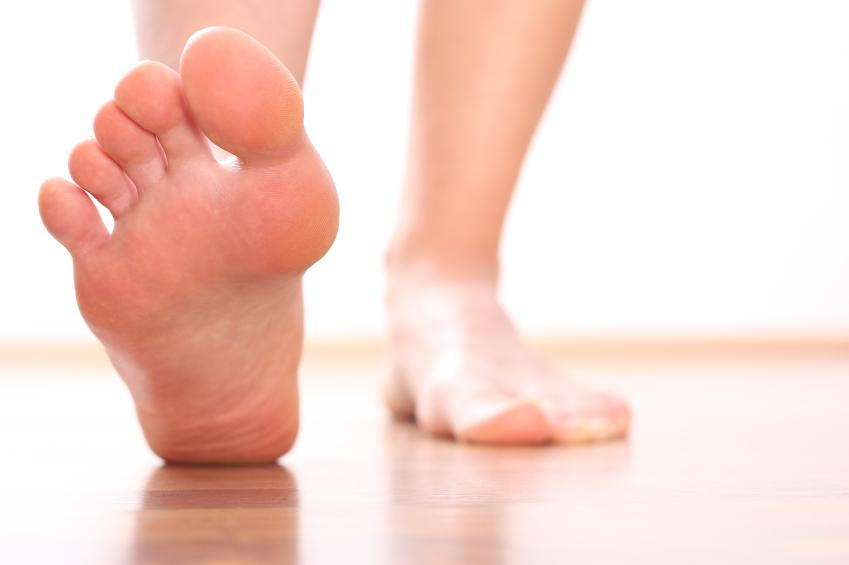Diabetic Foot Pain: 4 Common Foot Problems
posted: Feb. 15, 2016.

People with diabetes are more prone to a variety of foot problems as opposed to people who don’t have diabetes. Ordinary problems can get worse and lead to more serious complications.
Nerve Problems
The most common diabetic foot pain is called Peripheral Neuropathy wherein the nerves are directly affected. Diabetic nerve damage is known to hurt, but it can also lessen the ability of a person to feel pain, heat and cold. You could have a tack in your shoe or a blister on your toe, and not feel anything. You might not notice a foot injury until the skin breaks down and becomes infected. Nerve damage might also lead to changes in the shape of feet and toes.
Muscle & Joint Problems
Another common cause of discomfort and pain to diabetic patients are muscle and joint problems. The tendons (muscles attached to the bones) might become stiff and contracted due to the walking imbalance that comes with peripheral neuropathy. This imbalance forces unhealthy movements for the foot and joints. They might also stiffen in a bent position due to the excess blood sugar combining with the proteins in the joints. This now becomes diabetic glycosylation of the joints.
Circulation Problems
Poor circulation (blood flow) makes your foot less able to fight infection, and makes healing time longer than usual. Diabetes causes blood vessels of the foot and leg to harden and narrow. Circulation problems in the feet may cause intense pain. Arteries, capillaries and veins get affected – they thicken and swell up – causing excruciating pain and discomfort to diabetic patients. Exercise is good for poor circulation. The blood flow in the legs and feet get stimulated when you exercise. If your feet are cold, do not warm them with hot water, hot water battles or heating pads, as you might not be able to feel the heat. The best way to keep cold feet warm is by wearing warm socks.
Infections
Diabetic patients are more susceptible to fungal, bacterial and yeast infections which may be due to the medical and nutritional changes taking place in the body. Bacterial infections usually appear in areas on the foot that are injured or ulcerated. The symptoms of a bacterial infection include swelling, redness, warmth, pain and tenderness, as well as presence of pus (which are commonly foul-smelling). The type of infection found on the skin is called cellulitis, and when it spreads to the bone, it becomes osteomyelitis. Fungal and yeast infections in the foot commonly occur as fungal toenails or athlete’s foot. In order to improve a person’s ability to fight off infections, the immune system must be strengthened.